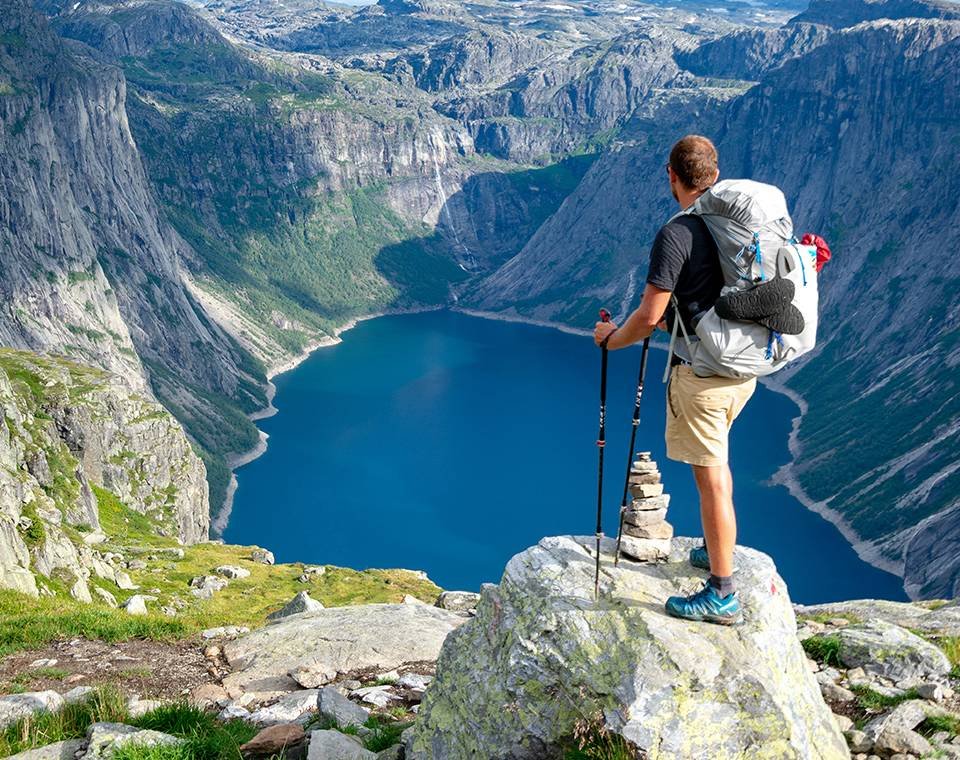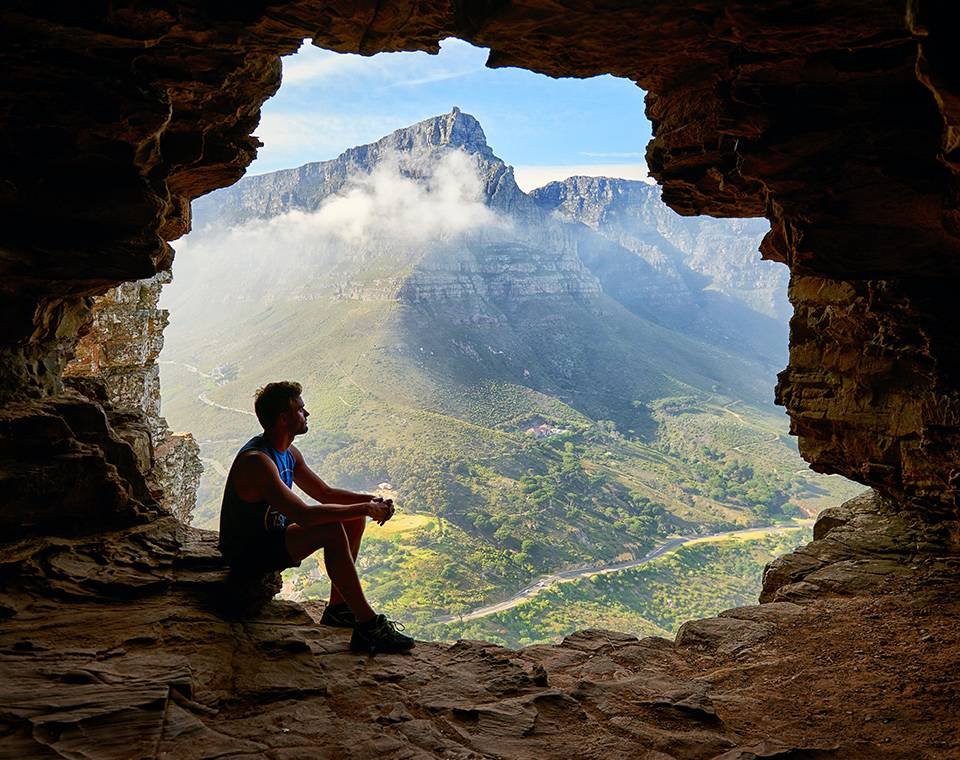Tirthan Valley, Himachal Pradesh – A realm of pristine rivers, dense pine forests, and quaint Himalayan villages, Tirthan Valley is the ultimate destination for trekkers seeking both adventure and tranquility. Whether you’re a seasoned mountaineer or a beginner looking for your first Himalayan escapade, this comprehensive guide to Tirthan Valley trekking will equip you with everything you need to know to explore this hidden gem and reach the maximum number of people searching for this incredible experience online.
Nestled in the Kullu district, Tirthan Valley is the gateway to the Great Himalayan National Park (GHNP), a UNESCO World Heritage Site. Its untouched natural beauty and a wide array of trekking trails make it a burgeoning hotspot for eco-tourism and adventure sports. This SEO-optimized blog post will delve into the best treks, ideal visiting times, detailed itineraries for various budgets and skill levels, and essential tips for a safe and memorable journey.
Why Tirthan Valley Should Be Your Next Trekking Destination
Tirthan Valley offers a unique blend of experiences that cater to every type of traveler. Here’s why it stands out:
- For the Beginner: Gentle, well-marked trails with moderate difficulty levels.
- For the Adventurer: Challenging treks leading to high-altitude lakes and passes.
- For the Nature Lover: A biodiversity hotspot with a rich variety of flora and fauna.
- For the Culture Enthusiast: A chance to experience the traditional lifestyle of the Himachali people in charming, remote villages.
- For the Solo Traveler: A safe and welcoming environment with numerous homestays and guesthouses.
The Best Time for Tirthan Valley Trekking
The ideal time to visit Tirthan Valley for trekking is during two primary seasons:
- Spring and Summer (March to June): The weather is pleasant, with temperatures ranging from 10°C to 25°C. The valleys are lush green, and the flowers are in full bloom, making it perfect for trekking and camping.
- Autumn (September to November): The post-monsoon period offers clear skies, crisp air, and stunning panoramic views of the Himalayas. The weather is cool and ideal for long treks.
Monsoons (July and August) are generally avoided due to the risk of landslides and slippery trails. Winters (December to February) bring heavy snowfall, which, while beautiful, can close many of the higher altitude treks.
Top Trekking Trails in Tirthan Valley
Tirthan Valley boasts a variety of treks, from short day hikes to multi-day expeditions. Here are some of the most popular and rewarding trails:
1. Great Himalayan National Park (GHNP) Treks
The GHNP is the crown jewel of Tirthan Valley, offering a plethora of trekking routes. Two popular entry-level treks into the park are:
- Rolla Trek: An easy to moderate 9 km trek from Gushaini to the Rolla campsite inside the park. It’s a fantastic introduction to the park’s stunning biodiversity.
- Shilt Hut Trek: A more challenging trek that takes you deeper into the park to a picturesque meadow with a forest hut, offering breathtaking views of the surrounding peaks.
2. Serolsar Lake and Jalori Pass Trek
This is arguably the most famous trek in the region. The journey begins with a scenic drive to Jalori Pass (10,800 ft), followed by a 5 km trek to the stunning Serolsar Lake. The trail is relatively easy and winds through a dense forest of oak and deodar trees.
3. Chehni Kothi Trek
For a blend of adventure and history, the trek to Chehni Kothi is a must. This impressive 17th-century tower, built in the traditional Kath-Kuni architectural style, stands as a testament to the region’s rich heritage. The trek is a short but steep climb from the village of Shringa Rishi.
4. Offbeat Treks for the Intrepid Explorer
For those looking to venture off the beaten path, consider these less-explored trails:
- Bashleo Pass Trek: A challenging trek that connects Tirthan Valley with the Pabbar Valley. It’s known for its stunning meadows and panoramic views.
- Lambri Top Trek: A moderate to difficult trek offering 360-degree views of the Great Himalayan National Park and the surrounding valleys.
Planning Your Tirthan Valley Trek: Itineraries for Every Traveler
For the Beginner (3-Day Itinerary)
- Day 1: Arrive in Gushaini, acclimatize, and take a short walk along the Tirthan River.
- Day 2: Embark on the trek to Chhoie Waterfall, an easy and refreshing hike.
- Day 3: Drive to Jalori Pass and do the easy trek to Serolsar Lake. Depart in the evening.
For the Solo Traveler (4-Day Itinerary)
- Day 1: Reach Jibhi, a serene village with beautiful homestays. Explore the local market and cafes.
- Day 2: Trek to Chehni Kothi and the nearby Shringa Rishi Temple.
- Day 3: Take a local bus to Gushaini and explore the entrance of the Great Himalayan National Park.
- Day 4: Enjoy a final morning by the river before departing.
On a Budget (5-Day Itinerary)
- Day 1: Take an overnight bus from Delhi/Chandigarh to Aut. From Aut, take a local bus to Banjar and then to a budget homestay in Tirthan Valley.
- Day 2: Explore the nearby villages of Nagini and Gushaini on foot.
- Day 3: Pack a lunch and do a self-guided day hike towards the Great Himalayan National Park gate.
- Day 4: Enjoy some trout fishing (permits are required but affordable) or relax by the river.
- Day 5: Take a local bus back to Aut for your return journey.
Essential Information for Your Tirthan Valley Trek
- Accommodation: Tirthan Valley is famous for its charming homestays that offer a glimpse into the local way of life. There are also guesthouses and a few resorts to suit different budgets.
- Food: Don’t miss out on the local Himachali cuisine. Trout is a specialty in the valley. Most homestays provide delicious, home-cooked meals.
- What to Pack:
- Comfortable trekking shoes with good grip.
- Warm clothing in layers (jackets, fleece, thermals).
- Raincoat or poncho, especially if traveling near the monsoon season.
- Sunscreen, sunglasses, and a hat.
- First-aid kit with basic medicines.
- Reusable water bottle.
- Power bank for your electronic devices.
- Permits: A permit is required to enter the Great Himalayan National Park. These can be obtained from the park office in Sai Ropa.
- Connectivity: Mobile network coverage can be patchy, especially in the higher reaches of the valley. BSNL and Airtel have the best connectivity in the main areas.
Responsible Tourism in Tirthan Valley
As Tirthan Valley gains popularity, it’s crucial for travelers to be responsible and minimize their impact on the fragile ecosystem.
- Leave No Trace: Carry back all your non-biodegradable waste.
- Respect Local Culture: Be mindful of local customs and traditions. Dress modestly, especially when visiting temples and monasteries.
- Support Local Economy: Stay in local homestays, hire local guides, and buy local handicrafts.
- Avoid Single-Use Plastics: Carry a reusable water bottle and refuse plastic bags.
By embracing the spirit of responsible travel, you can help preserve the pristine beauty of Tirthan Valley for generations to come. So pack your bags, lace up your hiking boots, and get ready to discover the unparalleled magic of trekking in this Himalayan paradise.



